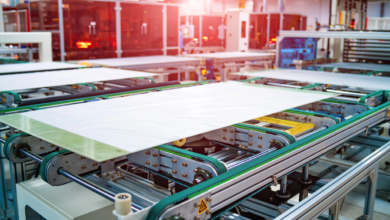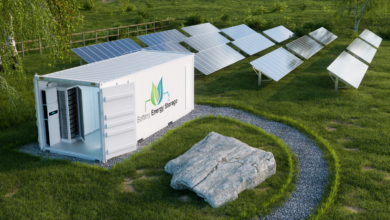
A boost (protective) for the performance of solar cells in perovskite
A new spectral converter transparent to visible light to increase the performance of solar cells. It was realized by a group of scientists from the Shanghai University of Engineering Science who today explain their innovation in the Journal of Photonics for Energy. Researchers Pei Song, Chaomin Zhang and Pengfei Zhu were looking for a material capable of converting photons in the ultraviolet frequency range into photons of visible light. Having in mind two precise final applications: perovskite photovoltaic and hydrogenated amorphous silicon carbide (a-SiC:H). In both cases, ultraviolet radiation presents a problem: the former is generally vulnerable to photodegradation due to exposure to high-intensity UV light, the latter is more efficient at absorbing the visible part of the spectrum, “wasting” in fact the UV.
Fishing in the Rare Lands
Song and colleagues tried to solve the problem by synthesizing a completely transparent glass-ceramic element to be applied to cells that would convert ultraviolet photons into photons of the visible spectrum. The material in question belongs to the so-called lanthanide orthophosphates, a special class of light-emitting molecules that have already found a wide range of applications in high-resolution display devices. Specifically, the engineering team used gadolin orthophosphate (GdPO4), doped with praseodymium (Pr) and europium (Eu).
How can this material help the performance of solar cells? On paper the explanation is simple. When an ultraviolet photon hits a Pr3+ ion, it generates an excited electronic state. This accumulated energy has a high probability of being transferred to a Gd3+ ion, which releases some of it before transferring the rest to a Eu3+ ion. As a result, the excited electronic states in the Eu3+ ion undergo a transition to lower energy states, emitting visible light.
“Today, developing space stations require more energy support and need high-performance photovoltaic cells,” Song explains on SPIE. “By covering the top of a cell with the proposed spectral conversion material and using appropriate encapsulation and sealing technology, we can ensure very low moisture levels and efficient UV recycling. In addition, glass ceramic materials have a hard structure, so they can protect solar panels from being hit by tiny debris floating in space”.





